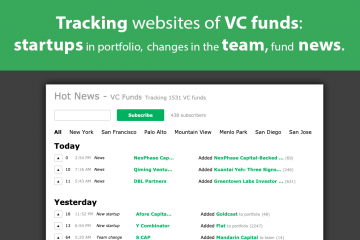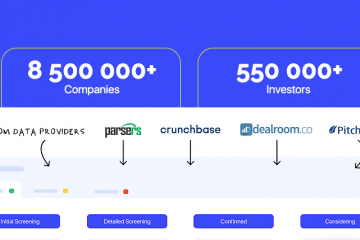TOP-5 advantages of using Big Data for business
-
The soundness of business approaches and further actions.
Based on huge amounts of data about users available from open sources (for example, what they read, how much time they spend on certain pages, what they do on social networks, whether they are inclined to shop in online stores, etc.), businesses can create accurate “portraits” of their potential customers, open new target audiences, conduct in-depth analysis of their business and make more informed decisions.
For example, Procter & Gamble comes in, analyzing data about its customers and turning them into added value and insights for new campaigns.
-
The speed of decision making.
Modern supercomputers are able to analyze zettabytes of information and generate results in a matter of milliseconds. They provide effective personalized solutions based on user profiles, each with the best offer in the best possible context.
For example, a young mother, who regularly searches for children’s products, will begin to catch up with advertising of the respective brands. And when looking for a gift idea, for example, to a colleague, the algorithm will produce an advertisement of several suitable options based on data about your place of work, age, etc. Thus, the time required to take advantage of new opportunities is minimized to almost zero.
-
The effectiveness of the results.
Now we can determine in details who we want to sell our product to; to find these people at the most appropriate moment – when they are ready to accept our information; engage them with minimal business investment for such contact with potential customers. And use the experience to further improve sighting targeting. All this significantly reduces the investment required to achieve effective business results.
For example, Surfdome, one of the leading companies in the European online retail segment, provides cross-selling and average bill growth thanks to Big Data analysis, which requires much less investment compared to “classic” tools.
-
Detection of surprising patterns.
Modern society generates huge amounts of data every day — information (mostly unstructured) doubles in less than 18 months.
Private blogs and social networks in a few years generate more data than humanity in its entire previous history. By 2020, this figure will exceed 42 zettabyte (comes after terabyte, petabyte and exabyte). The human mind is not able to analyze such information flows, especially in real time.
However, Big Data technologies open up the possibility for us to create real-time statistical models that reveal previously hidden, non-obvious patterns. For example, the intensity of discussions on a given topic that has increased after a certain event or the influence of weather conditions on the level of demand in any product category.
These correlations provide marketers with unprecedented opportunities, so at least two thirds of AGAMA Communications group customers in the categories Retail, Telecom, etc. already get solutions based on Big Data.
-
Honest metrics.
An important difference between Big Data methods is the ability to answer the questions “why it happens this way”, “what should we expect in the future” and even “what actions will help to achieve the desired result”.
Previously, only a whole staff of experts could give such decisions, analyzing incoming information for weeks. The human factor — overconfidence, lack of comprehensive experience, and limitations of our minds — caused many “black swans.”


